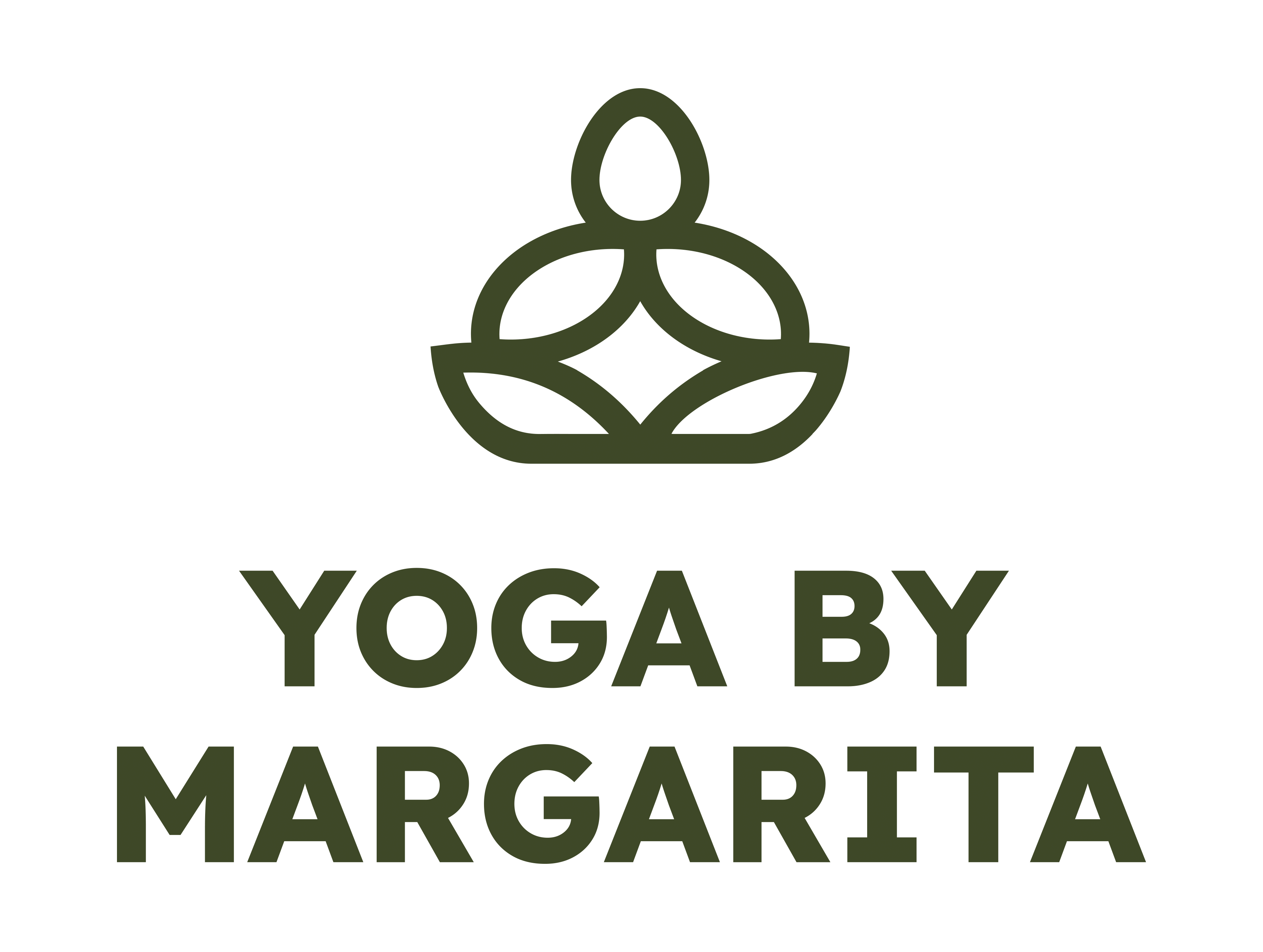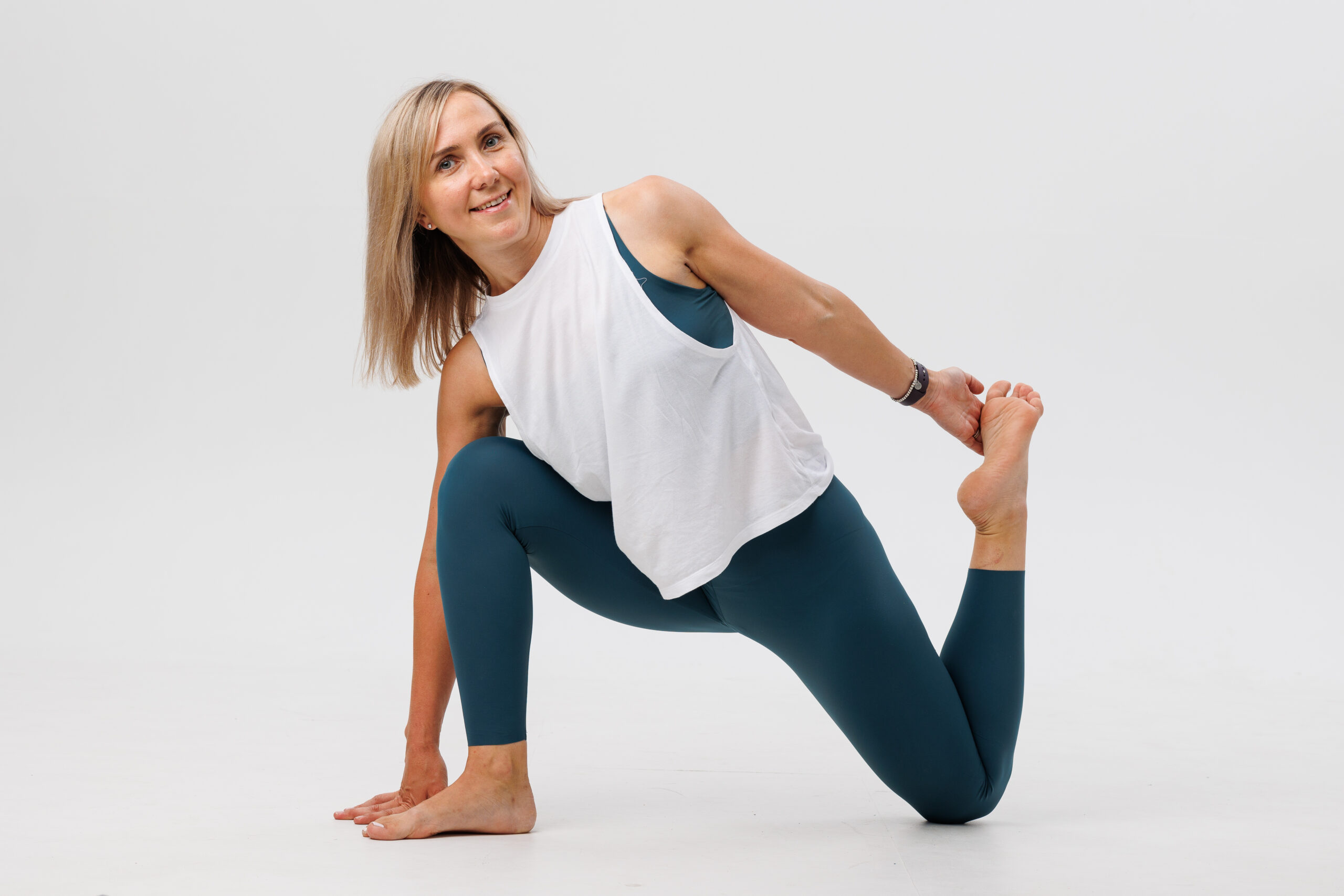Table of Contents
ToggleThe science of breathing in yoga – Beginning
It’s assumed that we all know that breathing is an essential process in staying alive on this planet. It starts at the time of birth and stops at the death. We already have been talking about breathing in a previous article – Traditional Hatha Yoga. This article however will be focussed on the science of breathing during yoga practice.
Breathing is like no other body function because it connects us with our environment. Plants take in carbon dioxide and give off oxygen. While human beings and animals inhale oxygen-rich air and exhale air high in carbon dioxide.

The science of breathing in yoga – Respiratory Rate
Perennially most of the time we breathe involuntarily. Thanks to respiratory-control centres located in the brain. An average adult respiratory rate varies between 12 to 20 breaths per minute per rest. It is moving about half a litre (1 pint) of air in and out of the lungs. This is the vital capacity.
When the adult exercises, the respiratory rate can go up to 35-45 breaths per minute. In this case, increasing vital capacity to over 4 litres (8 and half pints) of inhaled and exhaled air.
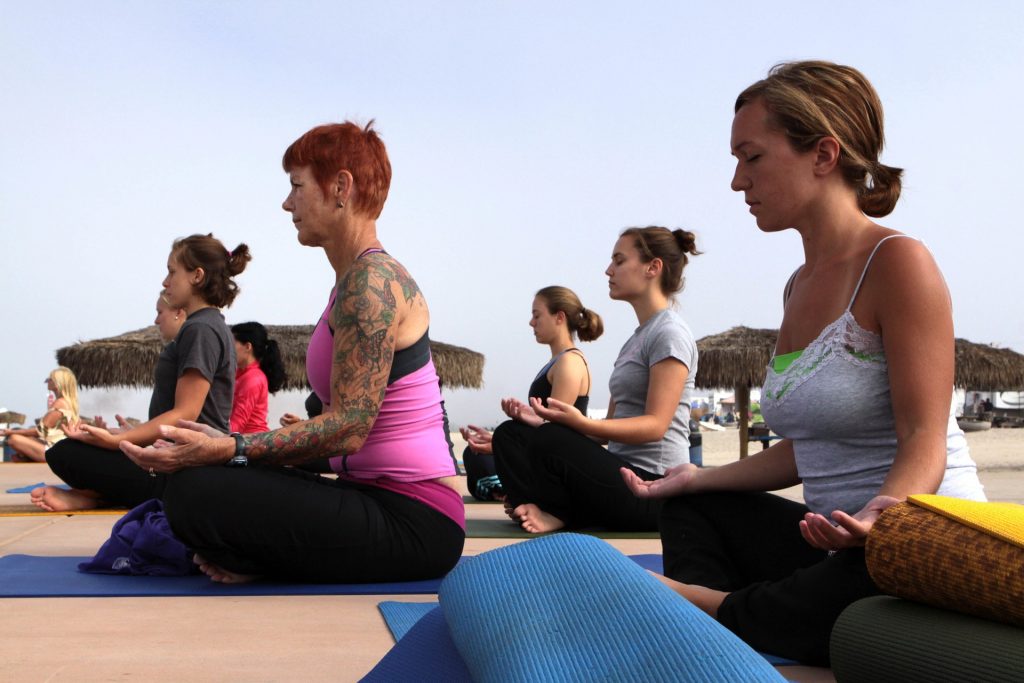
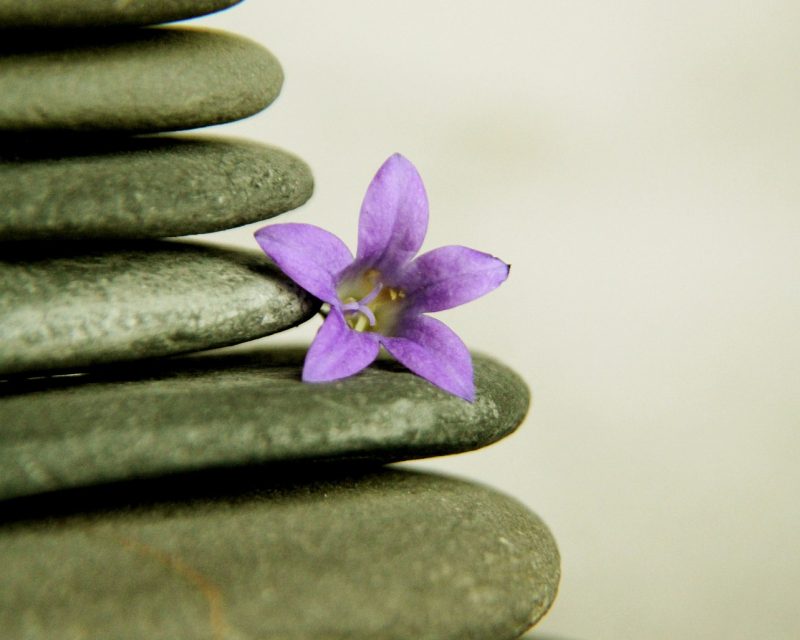
The science of breathing in yoga – Mind and Breath
The mind, consisting of thoughts and emotions is closely related to the breath. When the mind is calm and relaxed, the breathing is smooth and slow. If you are stressed, the breathing is fast & shallow. But mostly through the chest.
When we get angry, the breathing becomes fast and forceful. In depressed states we sigh, when in pain we gasp and in anxiety it is shallow and rapid.
In this way, the mental and emotional states directly affect breathing.
The science of breathing in yoga – Prana
Yoga breathing exercises help to increase the gas exchange in the lungs and in all the cells of the body. Oxygen is provided to all the parts of the body including organs and cells. After all oxygen is life, a vital force of energy.
According to a content of Hatha Yoga, this vital energy is called Prana. It found in all forms of life, from mineral to mankind, where its force controls and regulates every part of the body.
Although prana is in all forms of matter, it is not matter itself. It is the energy that animates matter.
Prana is in the air, but it is not oxygen. It is in food, water, and sunlight. Yet it is not a vitamin, heat, or light. Food, water and air are only the media through which prana is carried. We absorb prana through the food we eat. As well as the water we drink, and the air we breathe.

According to the ancient yogic texts, prana circulates through the body in a network of 72,000 astral energy channels, or Nadis. It is a Sanskrit word, which means tube, pipe or blood vessel.
Yoga breathing exercises focus specifically on opening two major Nadis – the Pingala nadi and the Ida nadi – and strengthening the flow of Prana in them.
The Pingala nadi corresponds to the right nostril and left hemispheres of the brain. The Ida nadi to the left nostril and right brain. In the mystical language of yoga, the Pingala nadi is warming and corresponds to Ha, or the Sun. The Ida is cooling and corresponds to Tha, or the Moon. Therefore the purpose of Hatha yoga is to bring the balance between Sun and Moon or Pingala and Ida nadis.
The science of breathing in yoga – Pranayama
Afterward there is also a process of controlling the Prana. Furthermore, it is regulating the breath and calls Pranayama. It is the science related to vital force supplying energy and controlling the body mind complex. Every part of the body can be filed with prana and when we do this, the entire body is under our control and control of Pranayama.
Breathing is the process of taking in this vital energy and removing the waste products out of our body and mind. Generally breathing includes inhalation and exhalation. Pranayama also includes retention of breath. This is a very important process. The ancient texts say that retention of air increases the level of prana (energy) in the body. Also, it regulates the flow of pranic energy throughout the body. So, Pranayama in yoga practice helps remove all the ailments and also can stop the aging process of the body.
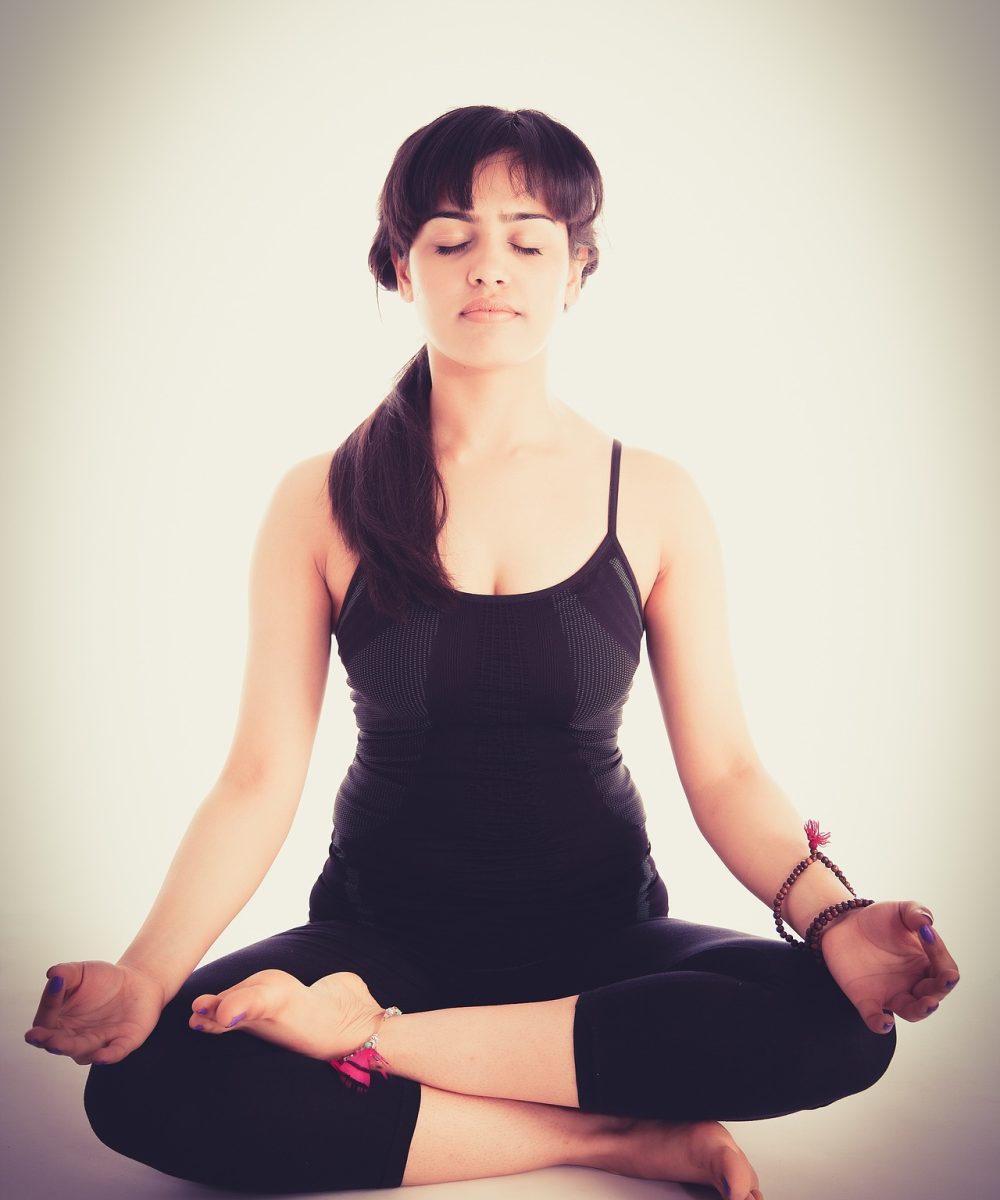
The science of breathing in yoga – Benefits of Pranayama
Currently there are different types of Pranayama which have a different effect on the body, mind and even spirit. Regular practice will train the respiratory muscles and develops use of your lungs capacity. It improves your body’s supply of oxygen while reducing its carbon dioxide levels. It also helps to relax and strengthen your nervous system, calm the mind, and improve concentration.
Pranayama practice is proven to energise the body. People who complain about weakness and have a low energy can be benefited as well.
Movements in Pranayama stimulates the heart and lung muscles improving blood circulation.
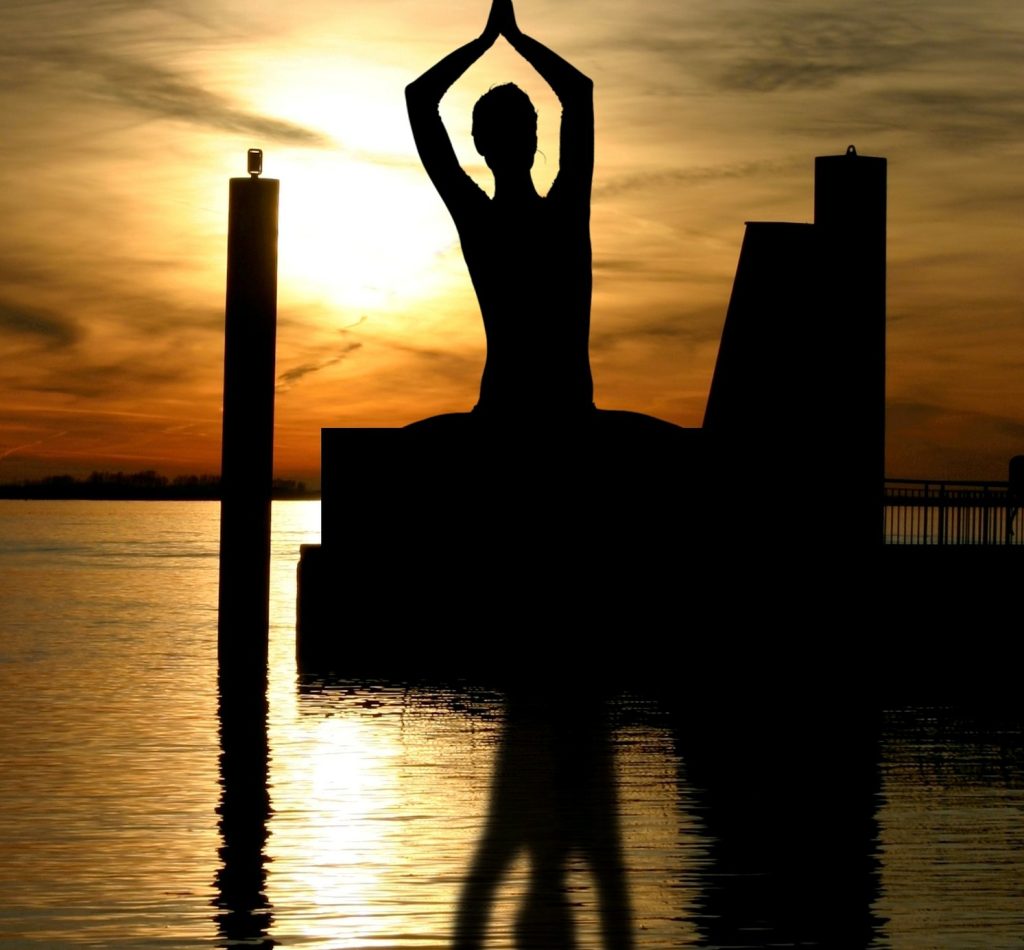
Pranayama is also useful in removing stress and mental problems like anxiety, depression, anger. It is useful for heart patients as well.
The practice of Pranayama improves digestion, harmonizes the secretions of the reproductive organs and all the endocrine system.
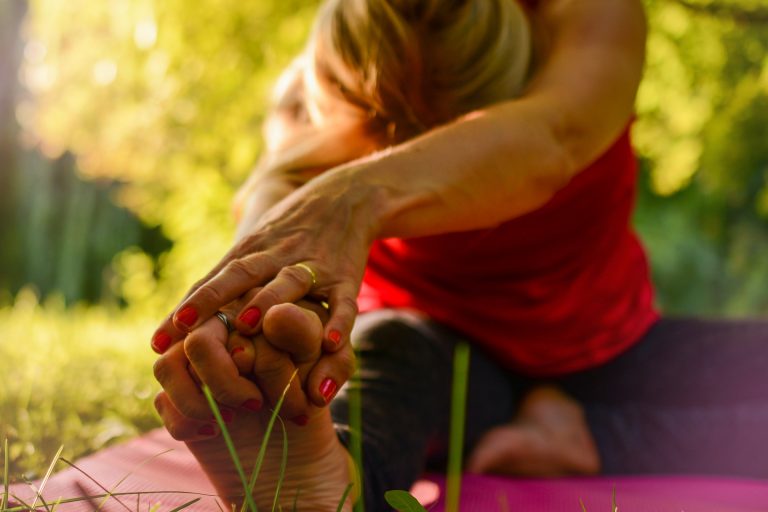
The most common practices of Pranayama are: Deep or fast breathing, Bellow’s breath, Humming Bee Breath. In addition, Cooling breath, Victorious breath, Alternate nostril breathing and more.
In order to archive the above benefits of Pranayama, always practice under the direct guidance of an expert yoga teacher. For the reason that it may be of no use or even it may be harmful to your health. Whether you are a beginner or a more advanced yoga practitioner.
Hence, aim to practice Pranayama for up to 20-30 minutes every other day, before or after asana practice. It will increase the flow of prana through the body, which literally recharges your body and mind and will make you happier every day of your life.
For Yoga Classes please contact me below

